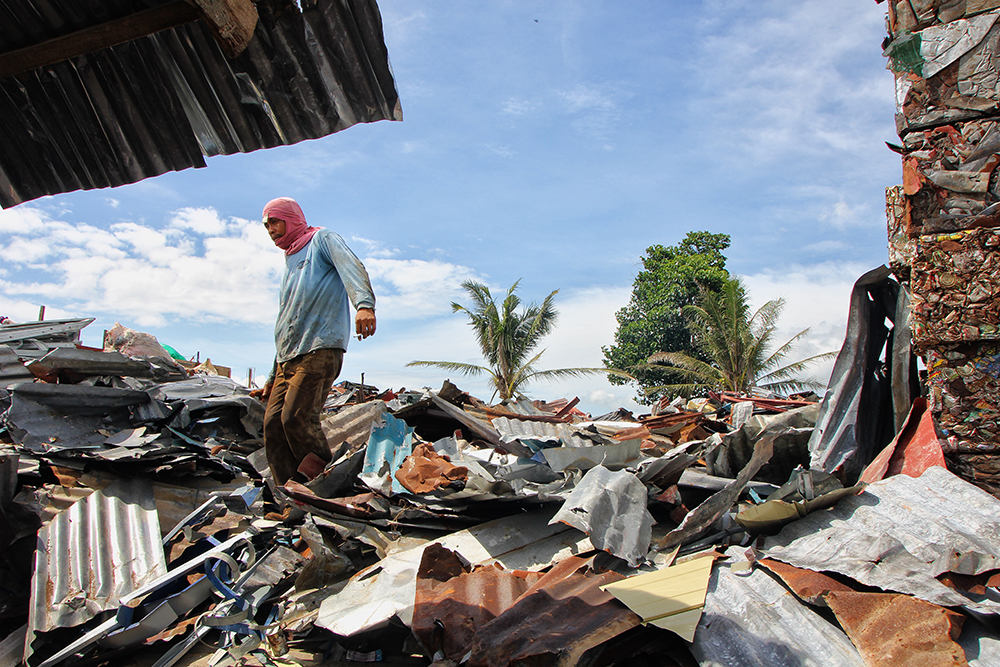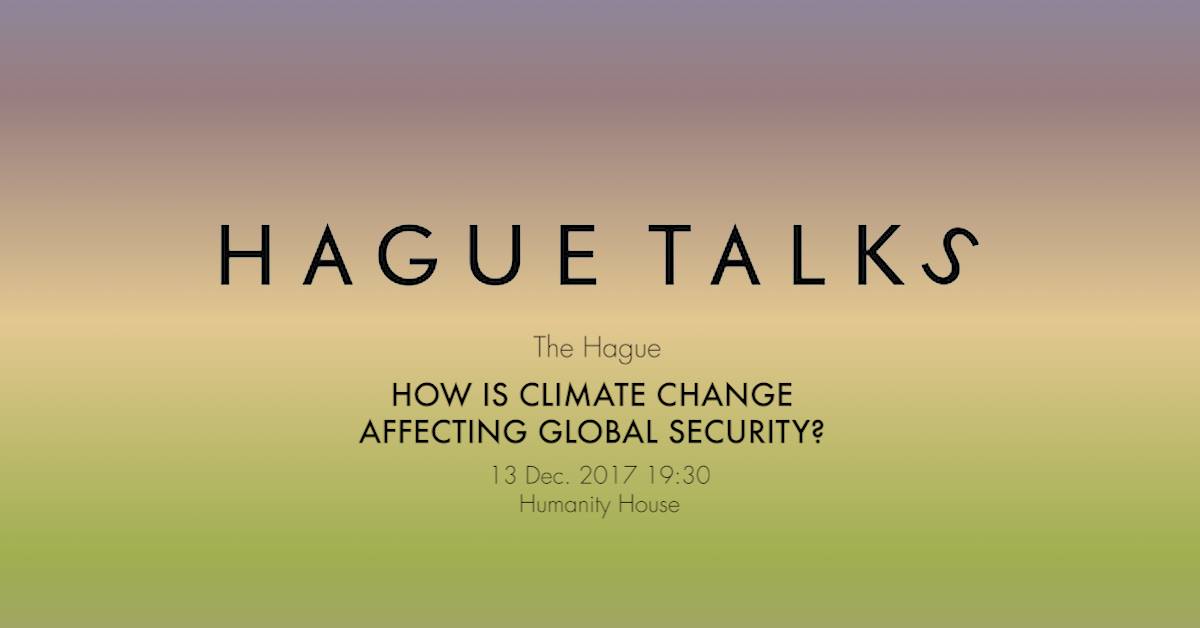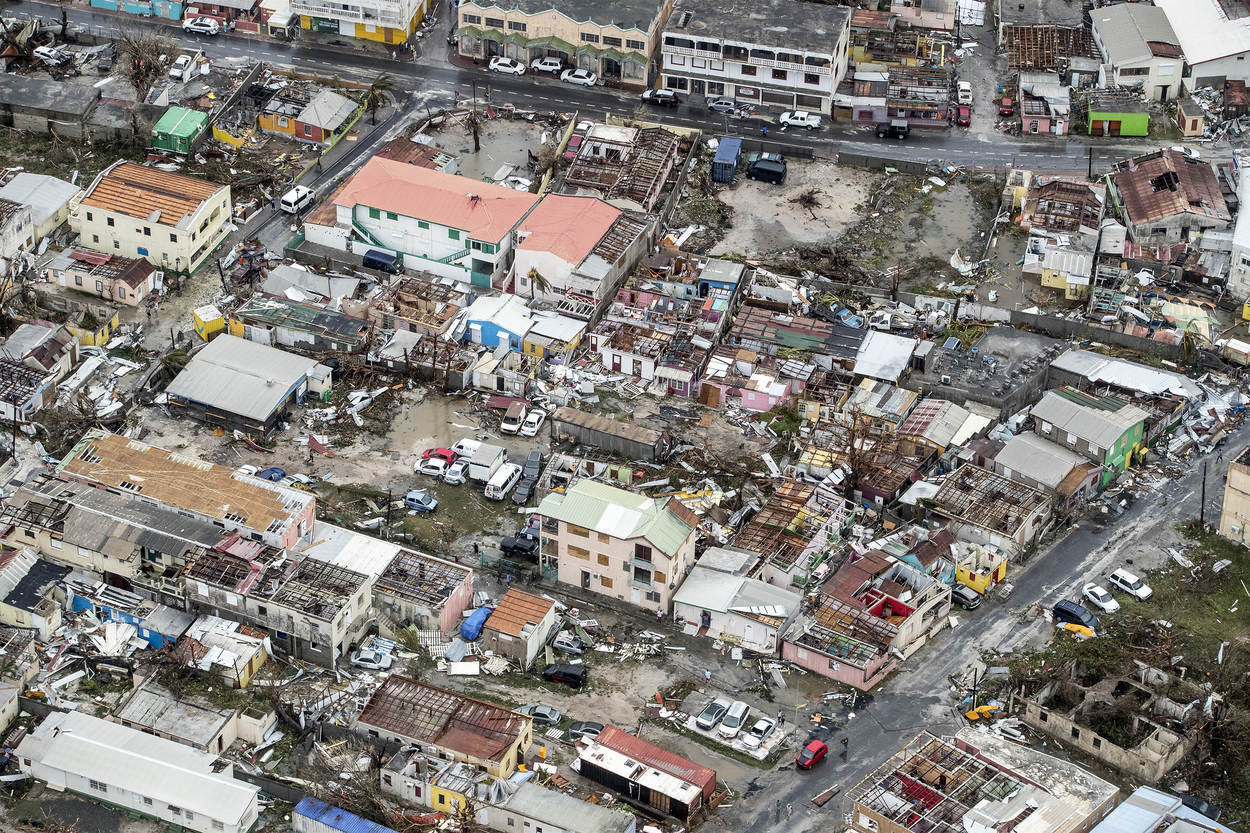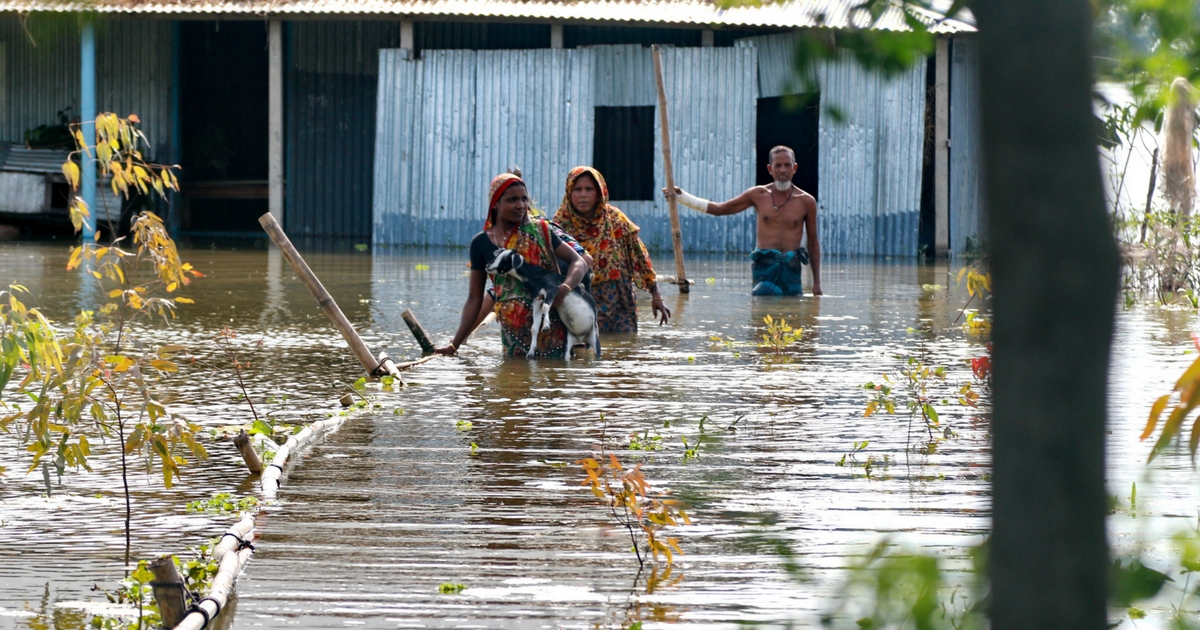Disasters & Conflicts: Philippines. Typhoon Haiyan, 2013
The storm that crosses the Philippines on 8 November 2013 is termed a super typhoon. It is one of the most severe storms ever, with wind speeds reaching up to 314 km an hour.
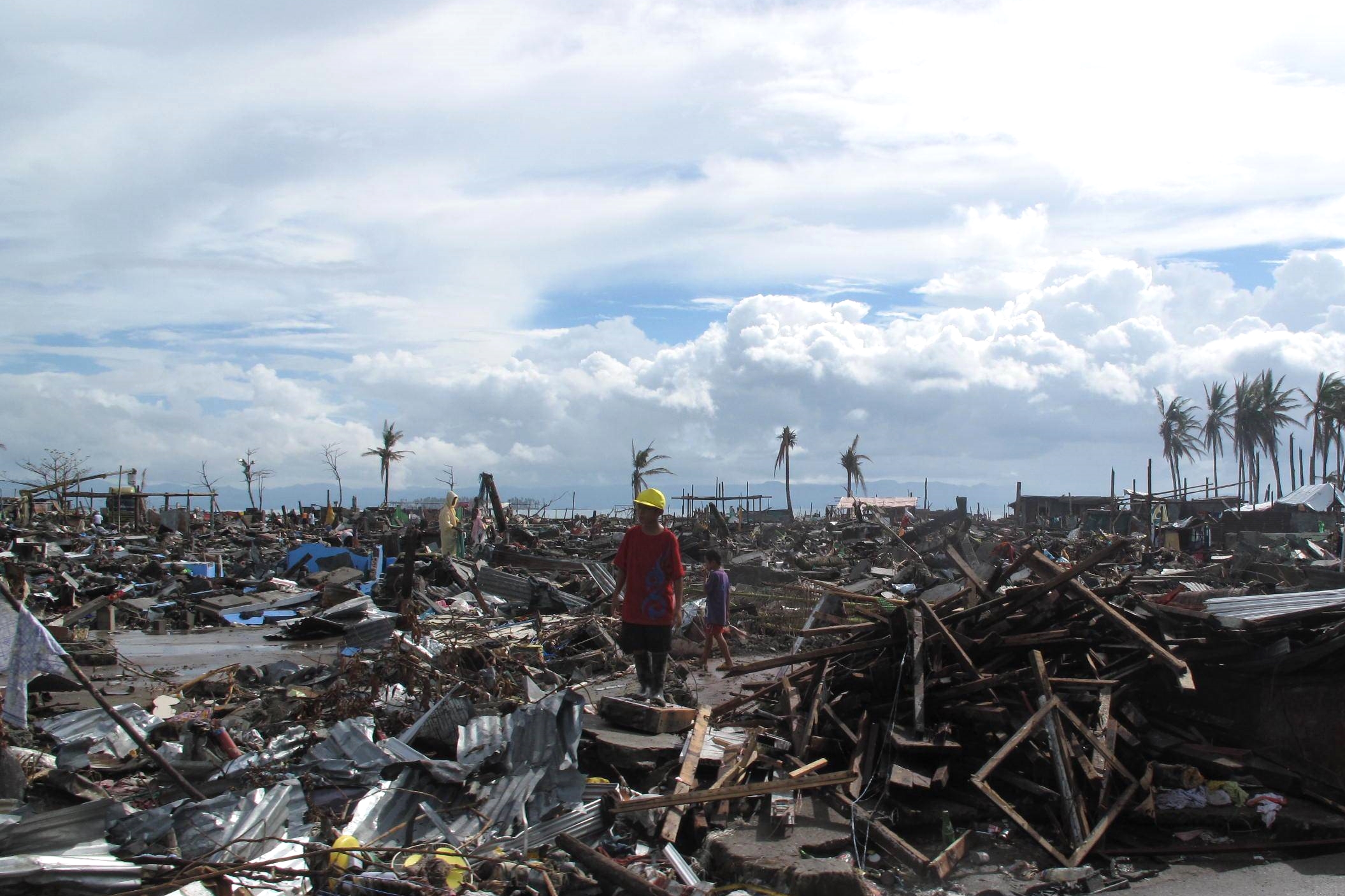
Philippines. Typhoon Haiyan, 2013
Country: Philippines
Period: 2013
Type of disaster: Typhoon
Disaster: A tropical storm hits the Philippines hard, destroying houses and roads, and affecting hundreds of thousands of people
Estimated number of victims: Over 5,500 deaths, and 3.5 million people left homeless
The storm that crosses the Philippines on 8 November 2013 is termed a super typhoon. It is one of the most severe storms ever, with wind speeds reaching up to 314 km an hour. The destruction caused by Typhoon Haiyan on the Philippines is immense. The country has over 7,000 islands, and on the islands hit first, 80% of everything that stands in the way of the full force of the typhoon is wiped out. More than 5,500 deaths are mourned. Millions of people flee their homes. The whole world responds and wants to help, but that help arrives slowly because the areas affected are difficult or impossible to reach.
A typhoon is the name given to a hurricane, a heavy storm, that originates in the western part of the Pacific Ocean. Seawater evaporates above a temperature of 27 degrees and sets a process in motion that can lead to a typhoon. It is a natural phenomenon that man cannot prevent. Or can he? Many scientists and experts think that man has a negative influence on global warming, for example through carbon dioxide emissions resulting from burning fossil fuels like coal and oil. This, they believe, causes the earth – as well as the sea – to warm up faster than it would naturally. That is why we are perhaps guilty of causing Typhoon Haiyan.
